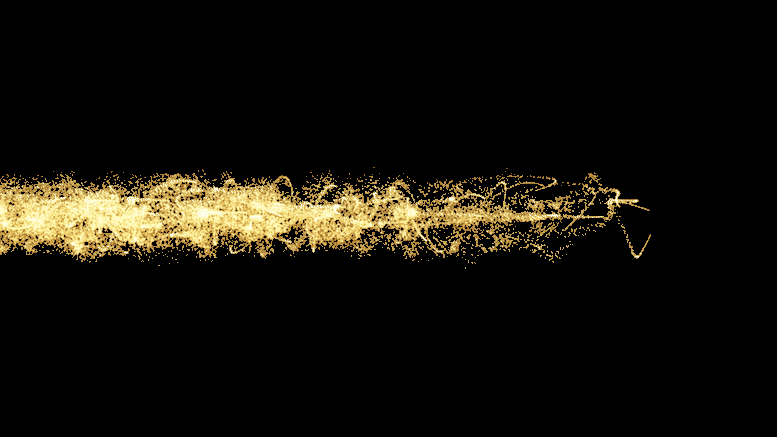
An invention from Purdue University innovators may provide a new option to use directed energy for biomedical and defense applications.
The Purdue invention uses composite-based nonlinear transmission lines (NLTLs) for a complete high-power microwave system, eliminating the need for multiple auxiliary systems. The interest in NLTLs has increased in the past few decades because they offer an effective solid-state alternative to conventional vacuum-based, high-power microwave generators that require large and expensive external systems, such as cryogenic electromagnets and high-voltage nanosecond pulse generators.
NLTLs have proven effective for applications in the defense and biomedical fields. They create directed high-power microwaves that can be used to disrupt or destroy adversary electronic equipment at a distance. The same technology also can be used for biomedical devices for sterilization and noninvasive medical treatments.
“We created a new NLTL device that reduces the bulkiness of current options and offers new opportunities to protect our country and help patients in a man-portable form factor,” said Andrew Fairbanks, a Ph.D. student and graduate research assistant in Purdue’s College of Engineering. “In engineering, we are concerned about size, weight, power, and cost. Our invention helps address all of these.”
Allen Garner, an associate professor of nuclear engineering, led the Purdue team. The researchers created a novel device using composite-based NLTLs as complete high-power microwave systems, encompassing high-voltage pulse and high-power microwave formation. The Purdue device combines the elements of traditional NLTLs into a composite-based system and eliminates typical bulky auxiliary equipment.
The system is charged using a DC high-voltage supply and discharged using a high-voltage, gas-based switch. The system eliminates the need for external pulse generation and is more rugged due to the solid-state construction.
This work was supported by the Office of Naval Research (Grant No. N00014-18-1-2341).
Fairbanks presented the Purdue technology in March at the Directed Energy Professional Society annual Science and Technology Symposium.
The innovators worked with the Purdue Research Foundation Office of Technology Commercialization to patent their technology.
“It has been very beneficial to our team and our advancement of this technology to have OTC here at Purdue,” Fairbanks said. “OTC and other resources from Purdue Research Foundation provide support to take our technology and push it out to the world through patenting and commercialization.”